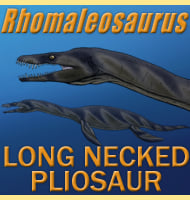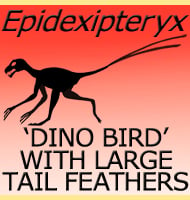Rhomaleosaurus
In Depth Classification and naming history of Rhomaleosaurus The first remains of Rhomaleosaurus were originally named by Alexander Carte and W. H. Bailey as a species of Plesiosaurus, P. cramptoni, which was in honour of Sir Philip Crampton, an anatomist who brought the remains to wider public attention. In 1874 Harry Govier Seeley found the … Read more

